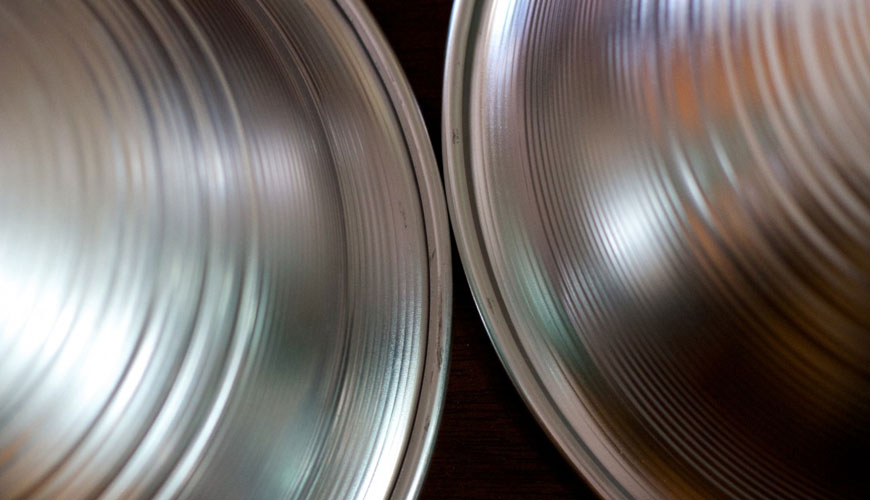

EUROLAB laboratory provides testing and compliance services within the scope of ASTM D523 standard. The ASTM D523 standard covers the measurement of specular gloss of non-metallic samples for 60, 20 and 85° gloss meter geometries.

Typically, measurements will be taken on a flat, homogeneous and clean surface. The measurement can be taken on a small surface, i.e. 1 cm², but it is preferable to use a larger surface and take multiple data points to ensure that the surface of the sample is homogeneous and a representative result is reported.
Specular gloss is used to measure the capacity of a surface to reflect more or less light. This test method allows 60 gloss meter geometries of 20, 85 and 3°, the most common being 60°. 20° is a geometry used to measure high gloss samples i.e. above 70 units whereas 85° geometry is used to measure low gloss samples i.e. values less than 10 units.
The specular gloss measured according to ASTM D523 is also affected by the sample surface refractive index, with the measured gloss ratings changing as the surface refractive index changes. When evaluating products against a product specification, it is important to consider this parameter as well.
ASTM D523 Specimen Specifications
The 60º geometry is used to compare most samples and to determine when 20º geometry might be more applicable. The 20º geometry is advantageous for comparing samples with a brightness value of 70 greater than 60. The 85º geometry is used to compare samples for brightness or near-grazing brightness. It is most frequently applied when the brightness values of the samples are lower than 60 at 10º.
Luster is related to the capacity of a surface to reflect more light in some directions than others. Aspects associated with mirror (or specular) reflection normally have the highest reflections. Measurements made with this test method relate to visual observations of surface gloss made at roughly corresponding angles.
Values stated in inch-pound units should be considered standard. Values in parentheses are mathematical conversions to non-standard SI units, provided for informational purposes only.
This standard does not purport to address all, if any, safety concerns associated with its use. It is the responsibility of the user of this standard to establish appropriate safety, health and environmental practices and to determine the applicability of regulatory restrictions prior to use.
Our organization, EUROLAB, provides standard test method services for mirror gloss, within the framework of national and international standards, with its trained and expert staff and advanced technological equipment, among numerous test, measurement, analysis and evaluation studies. Provides testing services within the scope of ASTM D523 standard.
To get an appointment, to get more detailed information or to request an evaluation, you can ask us to fill in our form and reach you.